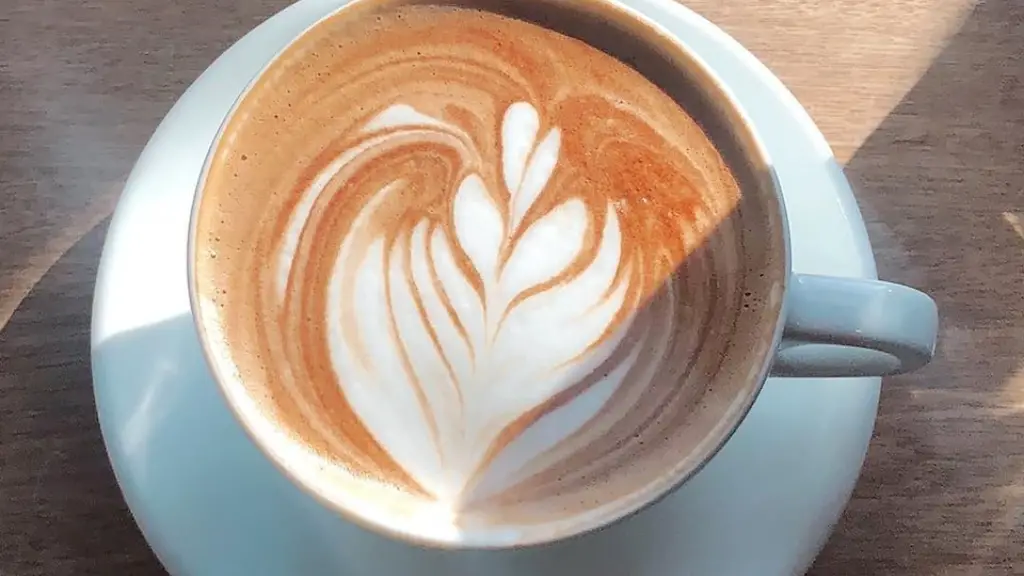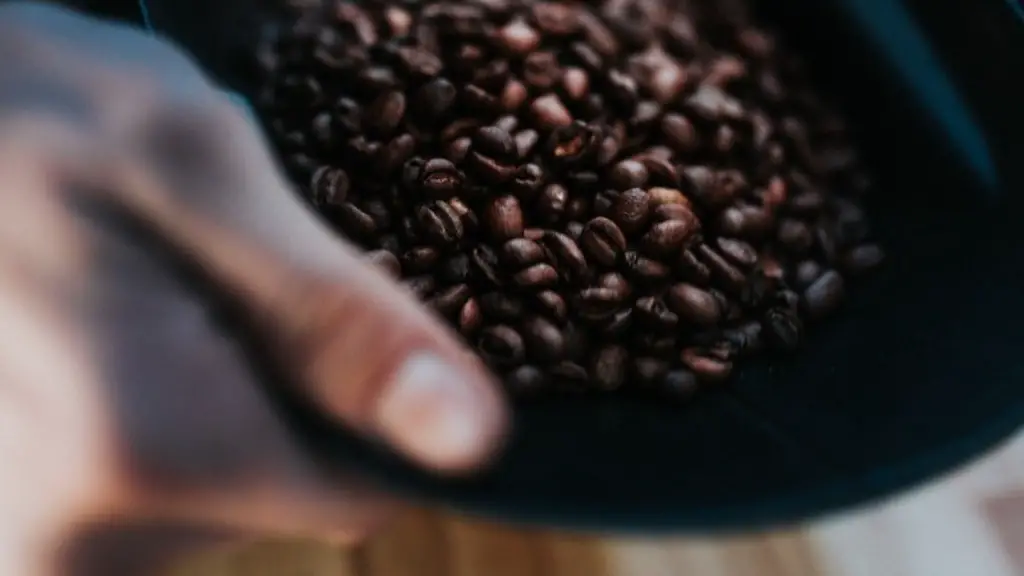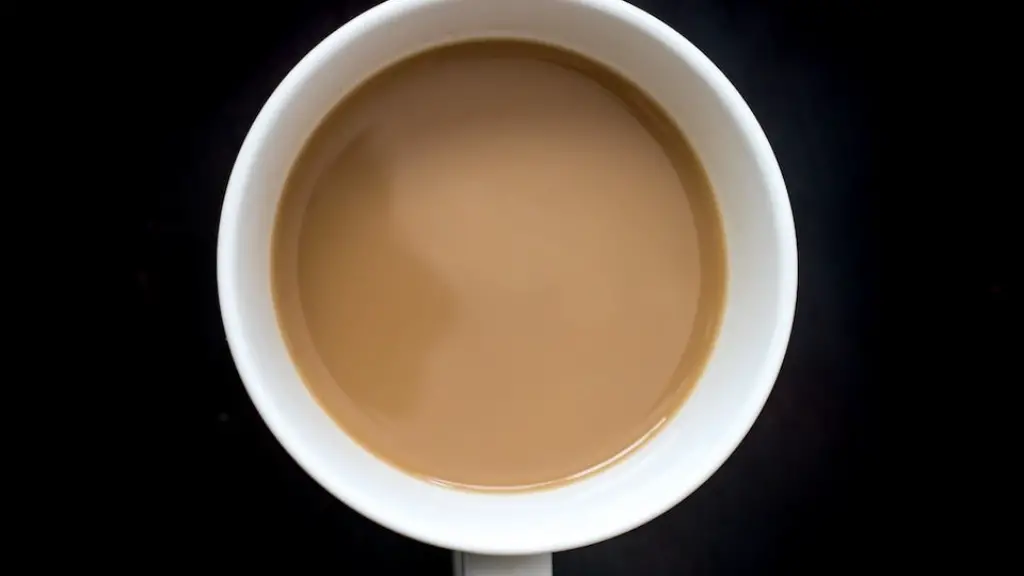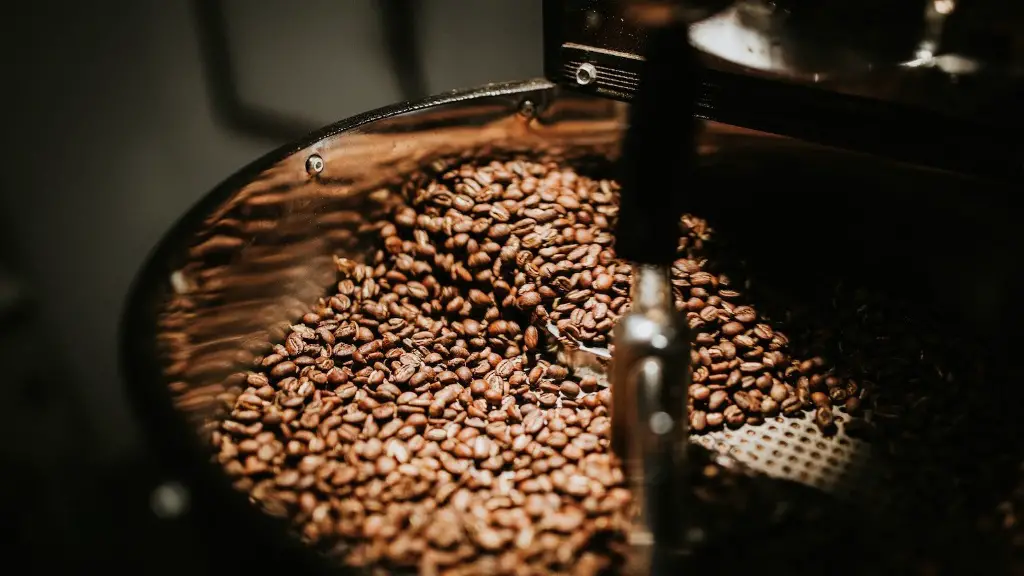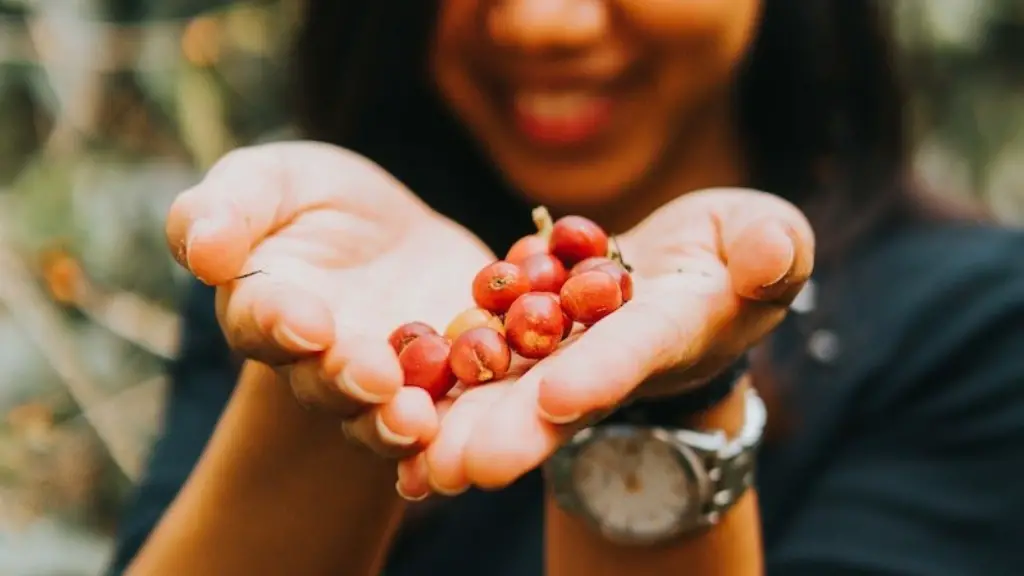If you’re a coffee lover, there’s nothing quite like freshly ground beans. Coffee that’s been ground right before brewing is always more fragrant and flavorful than coffee made from pre-ground beans. Plus, it’s really easy to do! All you need is a good coffee grinder. In this article, we’ll show you how to grind whole bean coffee, step by step.
If you want to grind your own whole bean coffee, you’ll need a coffee grinder. You can choose between a blade grinder, which works like a mini food processor, or a burr grinder, which uses two revolving plates to grind the beans. Place the beans in the grinder and choose a setting – finer grounds are better for drip coffee makers, while coarser grounds are better for French presses. Grind the beans until they’re the consistency you want, then enjoy your freshly brewed cup of coffee!
How do you ground whole bean coffee?
A mortar and pestle is a great way to get a consistent medium-fine to fine grind on your coffee beans. It will take a little time and elbow grease, but you should get excellent results. If you’re looking for more consistent results, try blitzing a scant 1/2 cup of whole beans at a time in a food processor.
Yes, you can use a blender to grind coffee beans. When using a blender, not all of the coffee grounds will be the same size. But some blenders have a grind or pulse setting which works great. Don’t grind the beans for more than 30 seconds; blending creates heat, which may cook the beans.
What is the best way to grind coffee beans without a grinder
A food processor can be a great tool for grinding coffee beans. Just pour in the beans and use the pulse setting to grind in bursts of 3-5 seconds. Repeat until the desired consistency is achieved or a total of 30 seconds is reached. Tilting the food processor can ensure that the grind is roughly the same size.
If you’re using an automatic drip coffee maker, you’ll want to use a medium-coarse grind. If the grind is too fine, the coffee will be over-extracted and bitter. If the grind is too coarse, the coffee will be under-extracted and weak.
How long should you grind whole coffee beans?
It usually takes less than 30 seconds to grind coffee beans in an electric grinder. If you are grinding beans by hand, it will take a minute or two. The grind time will depend on how coarse or fine you want your coffee.
If you want to brew coffee without grinding the beans, it is possible. However, it will take much longer to brew the coffee because the surface area of the whole bean is much smaller than the surface area of the grounds.
Is it better to grind coffee beans in a blender or food processor?
Pulsing your coffee in the food processor might work better than the blender because the beans have extra space to move around, resulting in a more even grind. However, while your food processor can help you in a pinch, if you’re a big coffee lover, you might want to invest in a grinder. Grinders will give you a more even grind and a more consistent cup of coffee.
When grinding coffee beans, it is important to achieve the desired consistency. This can be done by placing the beans in a plastic bag and using a pin to smash them. Roll the pin back and forth over the beans until they are the desired consistency.
Is it cheaper to grind your own coffee
If you’re looking to save money on coffee, grinding your own beans at home is not the way to do it. In most cases, whole coffee beans are going to be more expensive than ground coffee. So if you’re thinking that grinding your own beans will save you a few bucks, you’re wrong.
It is true that manual coffee grinders should produce slightly better tasting coffee than automatic grinders. This is because manual grinders don’t heat up coffee beans during grinding. Most automatic grinders grind at high speeds, and the friction slightly increases the coffee’s temperature for a short time.
Is it healthier to grind your own coffee beans?
When you grind your coffee beans, you create more surface area for the CO2 to escape. This is a good thing if you are brewing right away, as it allows the coffee to retain more of its oils and flavor.
if your current coffee grinder dies, you can use your Magic Bullet to grind coffee beans. You may not get the same results as you would with a manual coffee grinder, but it’s an affordable option.
What happens if you grind coffee too fine
If your coffee grounds are too fine, they can settle and pack together in the basket of your espresso machine, clogging an otherwise even mesh and stymieing water’s journey through. As a result, some cups end up bitter, while others end up sour; a few taste strong, a few taste weak. To avoid this, make sure your coffee grounds are of an even consistency and not toofine.
It’s important to weigh your beans before grinding, because the grind size has a big impact on the final product. If you grind too fine, you’ll end up with a weak cup of coffee. If you grind too coarse, the coffee will be too strong.
Should you grind coffee beans all at once?
Batch grinding coffee beans exposes the entire surface area of the bean to oxygen, which causes them to stale quickly. This means that you’ll only have about 20-30 minutes of peak freshness once the beans are ground. If you want to enjoy fresher coffee, it’s best to grind your beans just before brewing.
If you want to make a 6-ounce cup of coffee, you will need to use 038 ounces or 106 grams of ground coffee beans. This equates to around 2 teaspoons of coffee grinds. Use a digital kitchen scale to precisely measure these weights. Put on the scale a small glass or plastic bowl or cup.
Do whole coffee beans stay fresh longer than ground
When it comes to coffee, beans will always last longer than ground coffee. This is because there is more surface area in coffee grounds, which allows oxygen to affect more of the coffee molecules at once. Over time, this will cause the coffee to deteriorate and lose its flavor. So if you want your coffee to taste its best, it’s best to grind your own beans right before brewing.
It is important to let fresh-roasted coffee “rest” for a period of time in order to allow the flavors to develop fully. This is especially true for coffees that are roasted using a light or medium roast profile. Coffees that are roasted using a dark roast profile tend to be more forgiving and can be enjoyed sooner after roasting. In general, most coffees will reach an optimal taste within 1-3 days of roasting, but this will vary depending on the type of bean. Coffee shops typically have a policy of resting coffees for 1-3 days before serving, in order to ensure that the customer gets the best possible cup of coffee.
Final Words
If you want to grind your own whole bean coffee, there are a few things you’ll need. First, you’ll need a coffee grinder. There are many different types and brands of coffee grinders, so choose one that fits your needs. Second, you’ll need whole bean coffee. You can find this at most coffee shops and some grocery stores. Lastly, you’ll need a cup or mug to put your ground coffee in.
Once you have all of your supplies, it’s time to start grinding. Place your coffee beans in the grinder and turn it on. Depending on your grinder, you may need to hold down a button or switch in order to start the grinding process. Grind the beans until they are the desired consistency. You may want to experiment with different grind sizes to see what results you like best.
Once the beans are ground, transfer them to your cup or mug and enjoy!
If you want to grind your own coffee beans, there are a few things you need to know. First, you’ll need to select the right grind size. Second, you’ll need to use the right type of grinder. And third, you’ll need to practice to get the perfect grind each time. With a little practice, you’ll be grinding whole bean coffee like a pro in no time!
